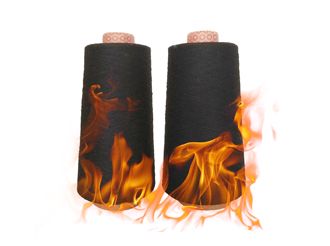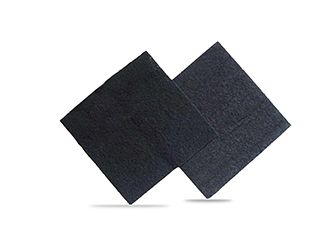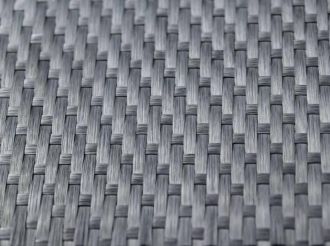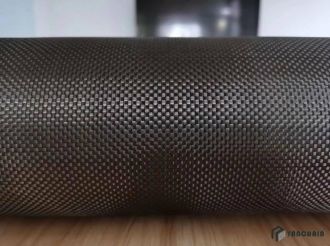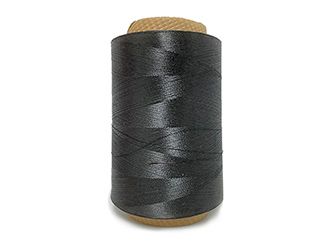Carbon fiber application knowledge: why is carbon fiber a good choice for robots with lightweight grippers?
- 2022-04-22
Manufacturers often use the term "gripper" (translated in Chinese: gripper or gripper) to describe the part of a robotic arm (mechanical arm) that is used to grab items and move them from one place to another . Grippers/grippers are used in a variety of industries including packaged goods, wood products, construction and automotive assembly. There are several types of grippers, the most common mainly include:
Human hand grippers: These grippers may have multiple pointed tips extending forward, similar to a human hand.
-
Suction Cups: These grippers feature high powered suction cups that attach to items for easy transport.
Key Factors to Consider in Gripper Manufacturing
Whatever the gripper looks like, robotic grippers have one thing in common - they have to be lightweight and very strong. If the gripper is made of a heavier material, such as steel, it may cause stress to the robot arm. Over time, the performance of the robotic arm may begin to degrade, which may delay the entire assembly process. The heavy-duty gripper may also overload the robotic arm, so it will not be able to grip heavier items as intended. When building grippers for robots, it's important to look for materials that are light and strong.
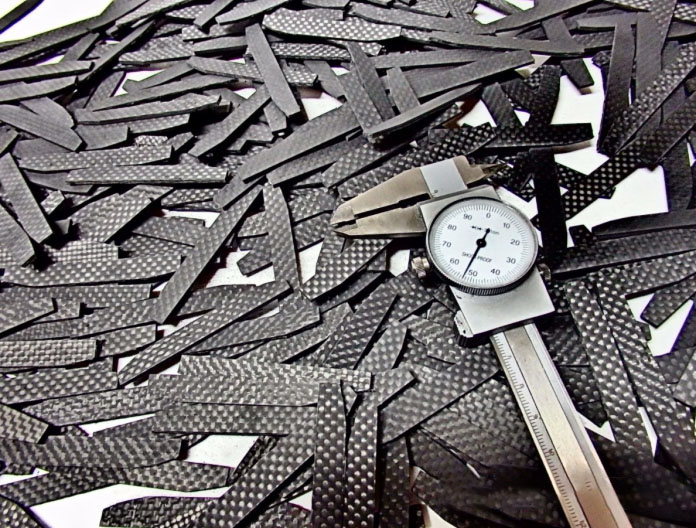
Aluminum grips seem like a good choice, as they are three times lighter than steel. Aluminum is a relatively soft metal, so it is easier to machine into the gripper shape by computer machining. However, advances in technology have given us better, stronger and lighter materials than aluminum. These materials are carbon fiber and carbon fiber composites.
Carbon fiber is a very strong but very light material. Carbon fiber is 5 times stronger and twice as hard as steel. However, carbon fiber has a very low weight-to-strength ratio, which means that carbon fiber sheets are very light, but very high tensile strength. Often, carbon fiber is combined with other materials and the final product is called a carbon fiber reinforced polymer (CFRP). Carbon fiber can be used to make anything, including sporting goods, medical equipment, auto parts, and robotic parts.
Why carbon fiber has advantages in robotic gripper manufacturing
Aluminum seems to be the material of choice for robotic grippers, but the softness of this metal can lead to reduced long-term service life. According to statistics, carbon fiber composites are 42% lighter than aluminum and three times lighter than steel. This makes it the best choice for both materials. Carbon fiber properties suitable for robotic carbon fiber grippers are as follows:
a. High Tensile Strength:
Tensile strength refers to the resistance of a material to stretching. Carbon fiber parts are highly resistant to this damage.
b. Corrosion resistance:
Over the long term, the factory environment can cause corrosion of the materials used to make robotic grippers. Carbon fiber composite materials are chemically stable and will not rust.
c. Various forms:
Carbon fibers can be woven, which means that carbon fibers can be connected to each other in various patterns. Different weaving methods result in slightly different end products, so robotic grippers can be customized in a number of ways to best suit their task and environment.
d. Lightweight:
The biggest advantage of carbon fiber over the competition is weight. The strength-to-weight ratio of carbon fiber is very favorable. You can get an almost indestructible robotic gripper that doesn't crush the arm either.
e. Low Thermal Expansion:
Carbon fiber has a high resistance to temperature changes, which means that the carbon fiber gripper does not expand or contract at different temperatures. For this reason, it is ideal for factory or assembly line placement.
Overall, the advantages of carbon fiber robotic grippers include:
42% lighter
Stiffness increased by 30%
The carrying capacity of the robotic arm is greater
Higher operating speed of the robotic arm
Increased durability/longer life
Sleek, high-tech matte black look
In conclusion
Overall, carbon fiber poses a formidable challenge to traditional materials such as aluminum and steel when making grippers for robotic arms. The high strength-to-weight ratio of carbon fiber composites, along with their tolerance and durability to different temperatures, makes them the best choice for robotic arms.
Custom carbon fiber sheets of different thicknesses can be fabricated to create more efficient robotic arms, and the end result should make the robot perform faster, more efficiently, and in the long run, it will also be more resistant to damage.
